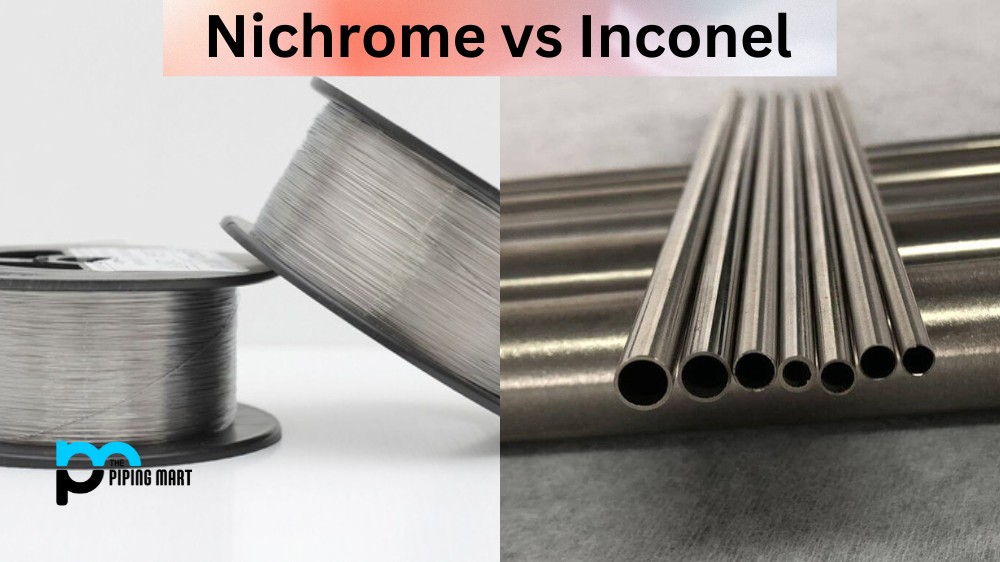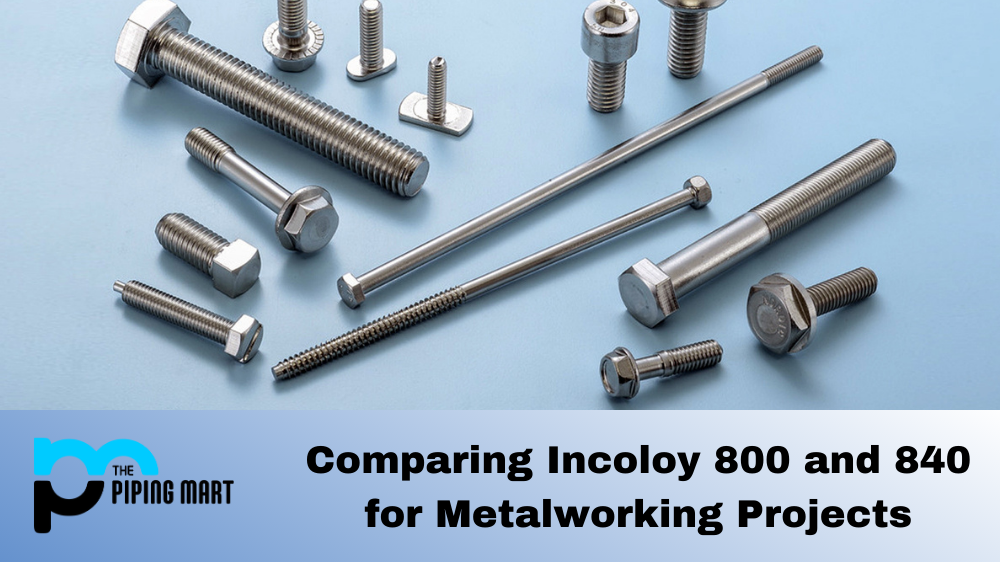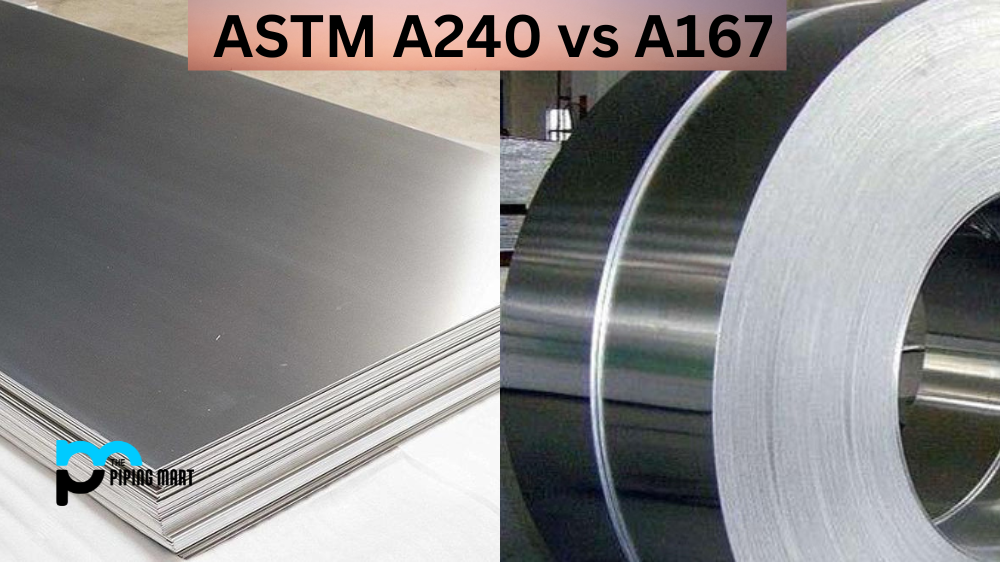When manufacturing various industrial products, choosing the right type of steel is crucial. Carbon steel is a popular choice in the industry and comes in different grades. Two of the most widely used qualities are 1025 carbon steel and 8620 steel. But which one is better? In this blog post, we’ll examine the differences between 1025 carbon steel and 8620 steel and help you pick the right one for your needs.
What is 1025 carbon steel?
Carbon steel is an alloy of iron and carbon, and 1025 carbon steel contains approximately 0.25% carbon. This low carbon content makes 1025 an excellent choice for applications that require good weldability, machinability, and formability. It is often used for making bolts, nuts, couplings, and other industrial equipment.
What is 8620 steel?
8620 steel contains chromium, nickel, molybdenum, iron, and carbon. It has a higher content of carbon than 1025 steel, approximately 0.20%, which means it is more robust. 8620 steel is commonly used in manufacturing gears, cranks, shafts, and other heavy-duty machinery.
Difference Between 1025 Carbon Steel and 8620 Steel
Composition
The differences between 1025 carbon steel and 8620 steel go beyond their carbon content. 1025 steel is softer than 8620 steel, which means it can be shaped more quickly but is less durable. Meanwhile, 8620 steel is more rigid and durable, making it less susceptible to wear and tear. However, its hardness also makes it more challenging to work with.
Heat Treatment
Both 1025 carbon steel and 8620 steel can be heat-treated to enhance their properties. However, 8620 steel responds better to heat treatment, which can significantly increase its strength and durability. Heat treatment can also improve the mechanical properties of 1025 carbon steel but to a lesser extent.
Cost
Lastly, let’s talk about cost. Cost is a critical consideration for most manufacturers; this is where 1025 carbon steel has the edge over 8620 steel. 1025 steel is cheaper because it contains fewer alloying elements. 8620 steel, on the other hand, is more expensive but offers superior performance and durability.
Other Differences
- 1025 carbon steel is a low-carbon steel that contains 0.25% carbon.
- 8620 steel is a low-carbon, nickel-chromium-molybdenum alloy that contains 0.86% carbon.
- 1025 carbon steel is less intense and more complex than 8620 steel.
- 8620 steel is more accessible to weld than 1025 carbon steel.
- 1025 carbon steel can be heat treated to achieve a higher hardness, but it will become more brittle.
- 8620 steel can be heat treated to achieve a higher hardness without becoming brittle.
- 1025 carbon steel is typically used for applications that do not require high strength or hardness, such as automotive parts, pipes, and tubes.
- 8620 steel is typically used for applications that require high strength and hardness, such as gears, shafts, and crankshafts
Conclusion
In summary, both 1025 carbon steel and 8620 steel have advantages and disadvantages. If you’re looking for steel that is easy to work with, weld, and shape, then 1025 carbon steel might be a better option. However, if you need more robust and more durable steel, especially in heavy-duty applications, then 8620 steel is the answer. Cost is another crucial consideration, and you should weigh the benefits versus the expenses of either steel when choosing which grade to use.

A passionate metal industry expert and blogger. With over 5 years of experience in the field, Palak brings a wealth of knowledge and insight to her writing. Whether discussing the latest trends in the metal industry or sharing tips, she is dedicated to helping others succeed in the metal industry.




